2025
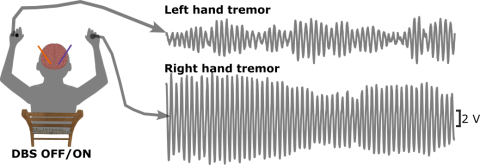
10.60964/bndu-1tv5-4967
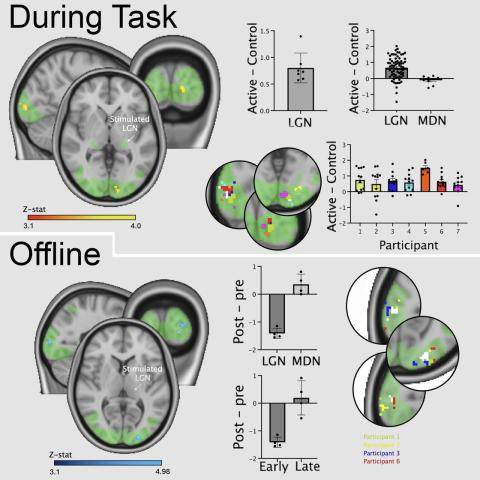
Martin E, Roberts M, Grigoras IF, den Boer T, Stagg CJ, Treeby BE
Group analysis results showing the effects of transcranial ultrasound stimulation on thalamic nuclei
10.60964/bndu-zgk7-jg52

Gann M, Schwab B, Stagg CJ
10.60964/bndu-mw4b-t114
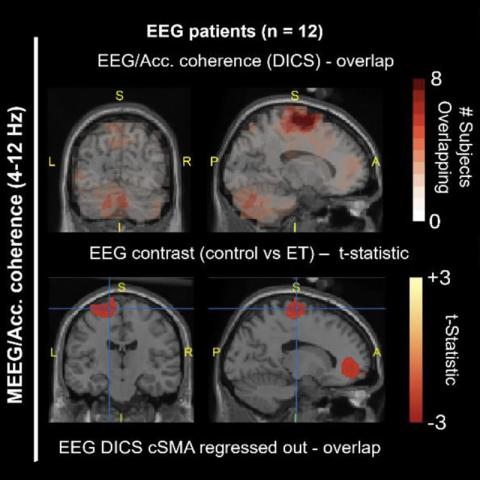
West TO, Steidel K, Flessner T, Calvano A, Spedden ME, Pedrosa D, Barnes G, Cagnan H
10.60964/bndu-k5gj-9892
2024

10.60964/bndu-wv4h-0734

10.60964/bndu-4jde-7j28
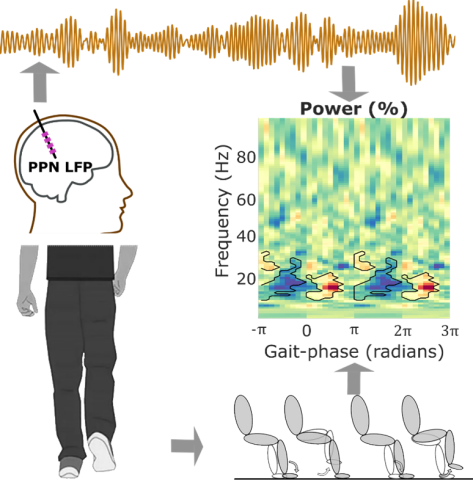
10.60964/bndu-w6mx-gv64

10.60964/bndu-gq68-jz91
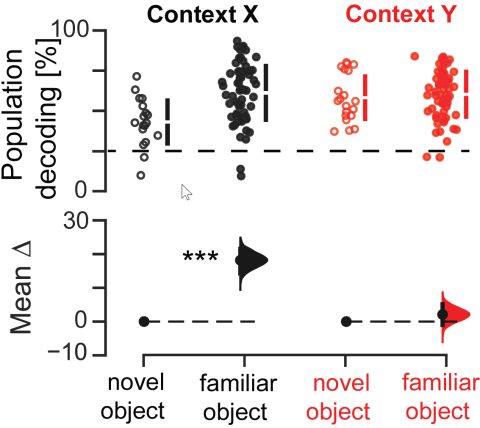
Gava GP, Lefèvre L
10.60964/bndu-r97n-bg26
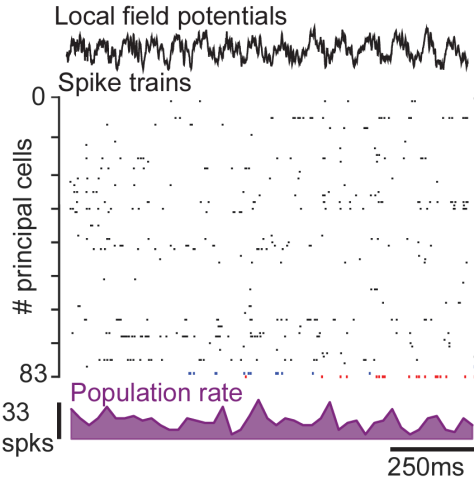
Lefèvre L, Gava GP
10.60964/bndu-mzg5-v129